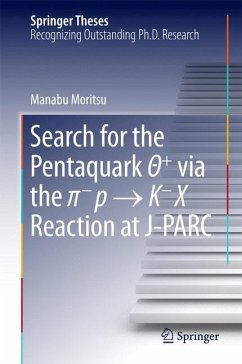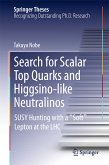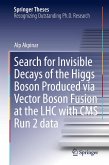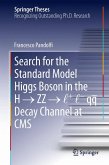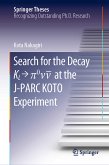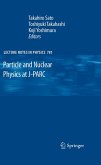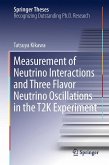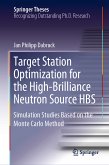The T+ pentaquark was searched for via the p- p ¿ K- X reaction using a beam momentum of 2.01 GeV/c at the J-PARC hadron experimental facility, taking advantage of high-statistics and high-resolution compared with previous experiments, some of which claimed the evidence of T+. In order to realize a good missing-mass resolution of 2 MeV, the beam spectrometer and superconducting kaon spectrometer were constructed.
No clear peak was observed in the missing mass spectrum of the p- p ¿ K- X reaction, and the upper limit of the production cross section was found to be less than 0.28 µb/sr at the 90% confidence level in a mass region of 1500-1560 MeV/c2. This upper limit is an order of magnitude smaller than that of the previous KEK experiment. Compared with a theoretical calculation using the effective Lagrangian approach, the decay width of T+ was evaluated. The upper limits on the decay width were estimated to be 0.36 and 1.9 MeV for the T+ spin-parity of 1/2+ and 1/2-, respectively. These are quite small for a width of ordinary hadron resonances, and the existence of T+ was strongly constrained and is doubtful.
Dieser Download kann aus rechtlichen Gründen nur mit Rechnungsadresse in A, B, BG, CY, CZ, D, DK, EW, E, FIN, F, GR, HR, H, IRL, I, LT, L, LR, M, NL, PL, P, R, S, SLO, SK ausgeliefert werden.

